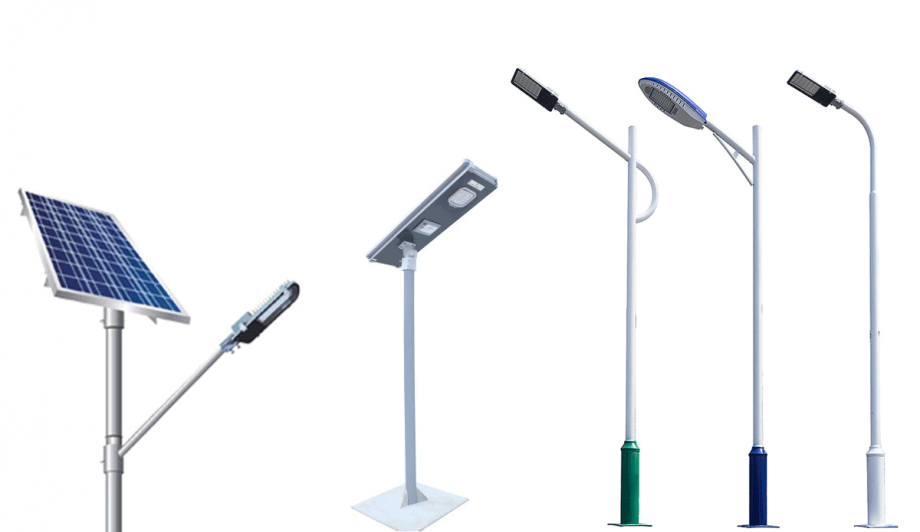As cities strive to become smarter and more sustainable, innovative technologies are playing a crucial role in transforming urban landscapes. One such technology is smart lighting, which has emerged as a key component of smart city initiatives worldwide. Among the various forms of smart lighting, solar street lights have gained significant traction due to their eco-friendly and cost-effective nature. This blog post explores the integration of solar street light and their contribution to building smarter and more energy-efficient cities.
The Need for Smart Lighting in Cities
Traditional street lighting systems often suffer from inefficiencies, such as excessive energy consumption, high maintenance costs, and limited control over lighting levels. Smart lighting solutions address these challenges by incorporating advanced technologies that optimize energy usage, improve safety, and enhance overall quality of life. With the world's increasing urbanization, the demand for efficient lighting in cities is higher than ever before.
The Rise of Solar Street Lights
Solar street lights have emerged as an effective solution for urban lighting needs. These lights harness the power of sunlight through photovoltaic panels, converting it into electricity to illuminate the streets at night. Unlike conventional street lights, solar street lights are not reliant on the electrical grid, making them more resilient to power outages and reducing the burden on energy resources.
Benefits of Solar Street Lights
Renewable Energy Source:
Solar street lights rely on renewable solar energy, reducing dependence on fossil fuels and minimizing carbon footprint. This sustainable approach contributes to the overall environmental goals of a smart city.
Energy Efficiency:
By using highly efficient LED bulbs and intelligent control systems, solar street lights optimize energy consumption. They can automatically adjust brightness levels based on ambient conditions, ensuring adequate illumination while conserving energy.
Cost Savings:
Solar street lights eliminate electricity bills associated with traditional lighting systems, making them a cost-effective solution in the long run. Moreover, their low maintenance requirements further reduce operational expenses.
Easy Installation and Flexibility:
Solar street lights are relatively easy to install since they do not require extensive wiring or trenching. This flexibility allows for swift deployment and relocation as needed, supporting the evolving needs of a smart city.
Enhanced Safety and Security:
Well-lit streets contribute to improved safety and security in urban areas. Solar street lights provide reliable illumination, creating well-lit public spaces and reducing the risk of accidents and criminal activities.
Integration into Smart City Infrastructure
Integrating solar street lights into the larger smart city infrastructure unlocks numerous possibilities for enhanced functionality and efficiency. By connecting solar street lights to a centralized control system, cities can remotely monitor and manage lighting operations in real-time. This enables dynamic adjustments of lighting levels, maintenance scheduling, and rapid response to faults or damages.
Furthermore, the integration of solar street lights with other smart city components, such as sensors and data analytics platforms, can create synergies and generate valuable insights. For example, intelligent sensors can detect and report environmental conditions, traffic flow, or pedestrian activity, enabling adaptive lighting solutions that respond to the specific needs of different areas or times of the day.
Conclusion
Solar street lights represent a significant step forward in the pursuit of smarter and more sustainable cities. By harnessing solar energy, these lights offer a multitude of benefits, including reduced carbon emissions, energy savings, and improved safety. Integrating solar street lights into the broader smart city infrastructure provides even greater advantages, such as centralized control, data-driven decision-making, and enhanced functionality. As cities continue to embrace the smart city concept, the integration of solar street lights will play a crucial role in creating greener, more efficient, and livable urban environments.
Also Read: Best Facts About LED Lighting That Everybody Should Know






